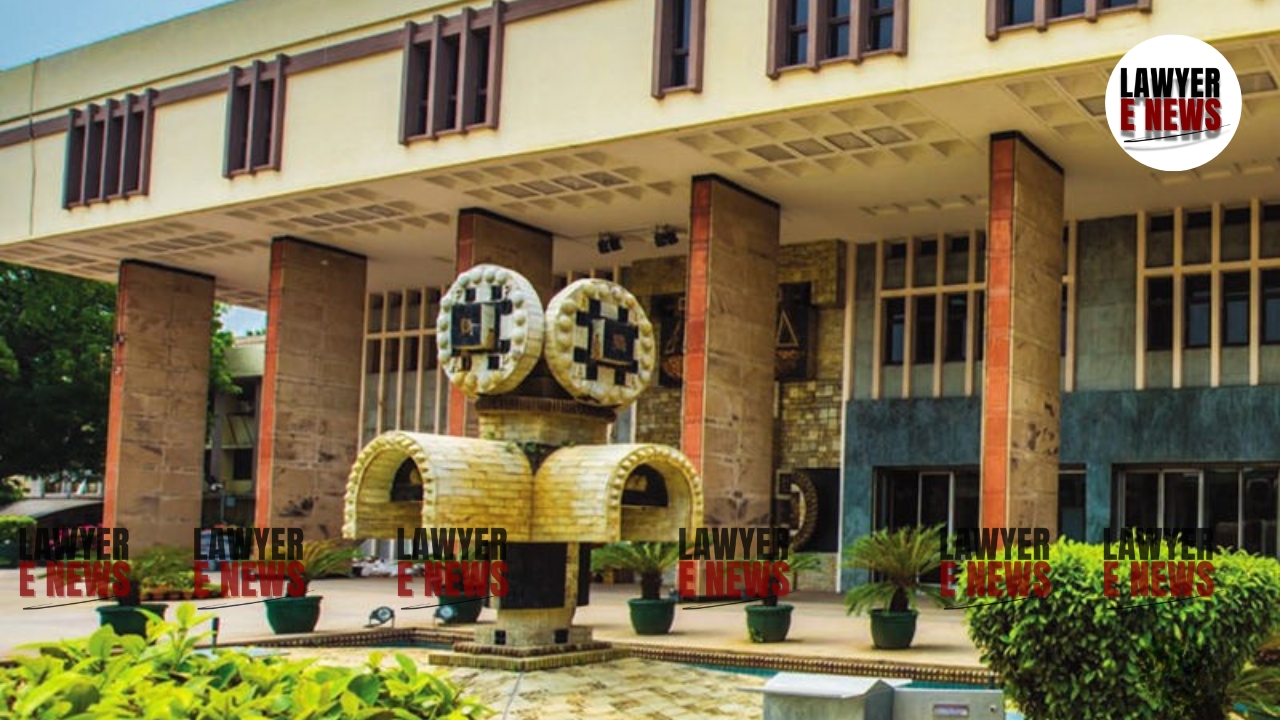-
by Admin
15 December 2025 6:31 AM



Even assuming that the petitioner was driving at a ‘high speed’, the same is not sufficient to conclude that he was, in fact, driving the Car in a ‘rash and negligent’ manner.” — In a significant ruling Delhi High Court set aside the conviction of a man held guilty under Sections 279 and 304A of the Indian Penal Code. The Court held that the prosecution failed to prove that the petitioner was driving in a rash and negligent manner, and that merely alleging “high speed” is not enough to establish criminal culpability.
The case dealt with the alleged wrongful driving of a car that resulted in the death of two pedestrians in 2012. The Court’s judgment reaffirmed that criminal negligence must be proved beyond reasonable doubt, and that speed alone is not the sole indicator of rashness or recklessness.
The case arose out of an incident on February 20, 2012, at around 6:45 AM, where a Swift Dzire vehicle allegedly driven by the petitioner, Manish Kumar, struck two pedestrians — Sultan Singh and Raja @ Raghu Verma — near Kamla Nehru College Bus Stand, August Kranti Road, Delhi. Both were declared dead on arrival at AIIMS Trauma Centre.
Manish Kumar, a car cleaner, had allegedly taken the vehicle out for a joyride with five friends without the owner's permission. While returning, he lost control, resulting in a fatal accident. Eyewitnesses stated that the car was being driven at a “high speed” when it hit the pedestrians and later crashed into the footpath. Following this, the occupants fled the scene, and Manish was later charged under Sections 279 and 304A IPC.
He was convicted by the Trial Court in 2019 and sentenced to two years of rigorous imprisonment, which was reduced to eighteen months by the Appellate Court. Aggrieved, the petitioner approached the High Court under Section 397/401 Cr.P.C.
The central legal issue was whether the prosecution had successfully established that the petitioner was driving in a rash and negligent manner as required under Sections 279 and 304A IPC. The petitioner argued that there was no evidence of rash or negligent conduct and that the accident could have been caused due to a mechanical defect, as noted in the car’s inspection report.
Justice Saurabh Banerjee, speaking for the Court, emphasized that: “To sustain any punishment/ conviction… it is pre-requisite that it has to be ‘rash’ and ‘negligent’. Merely because the petitioner was driving at a ‘high speed’ it cannot lead to the conclusion that there was any element of his being ‘rash and negligent’.”
The Court scrutinized the testimonies of prosecution witnesses (PW1 to PW4), all of whom merely stated that the petitioner was driving at “high speed” but none testified to the car being driven “rashly” or “negligently.”
“Neither of them deposed that the petitioner was driving the Car in a ‘rash and negligent’ manner. This Court, thus, does not find any evidence on record which reflects that the petitioner was indeed driving the Car in a ‘rash and negligent’ manner.”
The Court added that: “No such presumption, per-se, can be drawn qua the petitioner driving at a ‘high speed’ merely on the basis of the testimonies of PW1 to PW4.”
“Prosecution Failed to Establish the Required Ingredients of Criminal Negligence”The Court heavily relied on State of Karnataka v. Satish, where the Supreme Court had ruled that: “Merely because the truck was being driven at a ‘high speed’ does not bespeak of either ‘negligence’ or ‘rashness’ by itself.”
Similarly, the High Court noted that the mechanical inspection of the vehicle reflected considerable damage to both front and rear tyres, yet there was no clarity on whether the tyre burst was a result or the cause of the accident: “Given the facts involved… it cannot be conclusively ascertained that the petitioner was indeed driving the Car in a ‘rash and negligent’ manner.”
The Court also condemned the use of the doctrine of res ipsa loquitur in the context of a criminal prosecution, stating: “There was no occasion for the applicability of the principle of res ipsa loquitor. More so, merely because the Car, allegedly being driven at a ‘high speed’ hit the two pedestrians leading to their demise, it is not adequate for a Court of law to hold that the petitioner was being ‘rash and negligent’.”
“Prosecution's Case Marred by Glaring Gaps and Infirmities”
The Court was critical of the fact that neither the trial court nor the appellate court had addressed vital aspects such as the actual speed, cause of the tyre burst, mechanical condition of the car, or environmental conditions at the time of the accident. The judgment stated: “The relevant surrounding circumstances such as the time of occurrence of the accident, the plausible reasons attributable to the accident, the condition of the Car involved… have also neither been addressed by the prosecution/ State nor have been taken into consideration.”
It concluded: “There being an overall infirmity and unfilled lacunae in the case set up by the prosecution, the prosecution was not able to prove its case beyond reasonable doubt… The necessary ingredients of Section(s) 279/ 304A of the IPC, not being fulfilled, neither of them are attracted.”
Setting aside the orders of conviction and sentence passed by both the Metropolitan Magistrate and the Additional Sessions Judge, the High Court declared: “The petitioner is thus discharged under Section(s) 279 and 304A of the Indian Penal Code, 1860.”
The Delhi High Court’s judgment reinforces a critical aspect of criminal jurisprudence — that guilt must be proven beyond reasonable doubt, and presumptions or generalised notions like “high speed equals negligence” cannot form the foundation of a conviction.
This ruling serves as a precedent in emphasizing the burden on prosecution to present concrete evidence of rashness or negligence, especially in criminal trials involving death by motor vehicle.
Date of Decision: 01/04/2025
